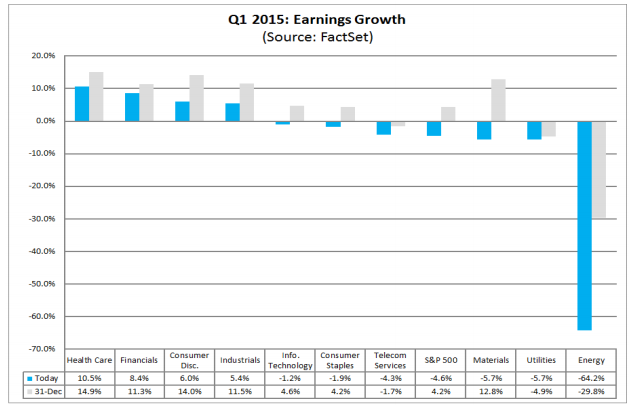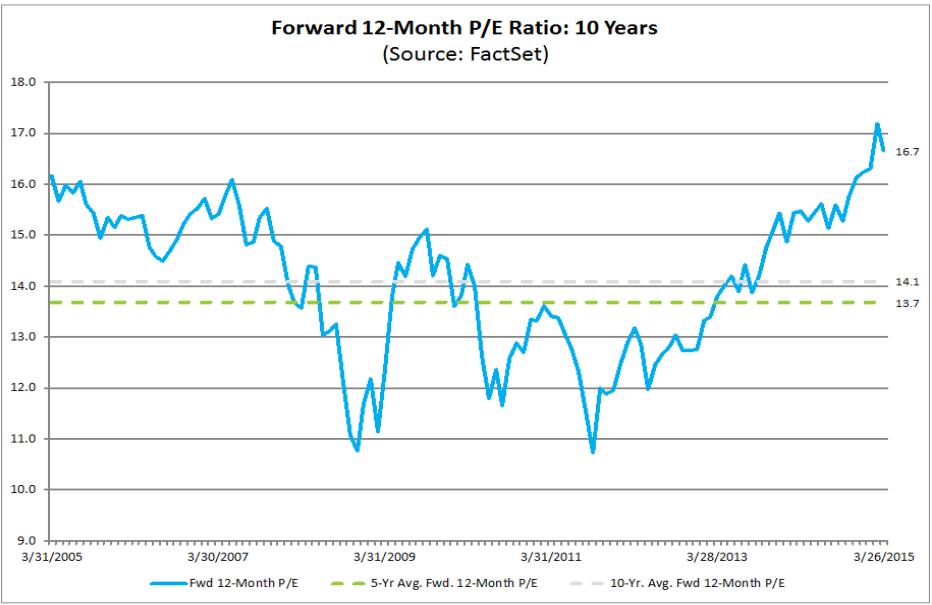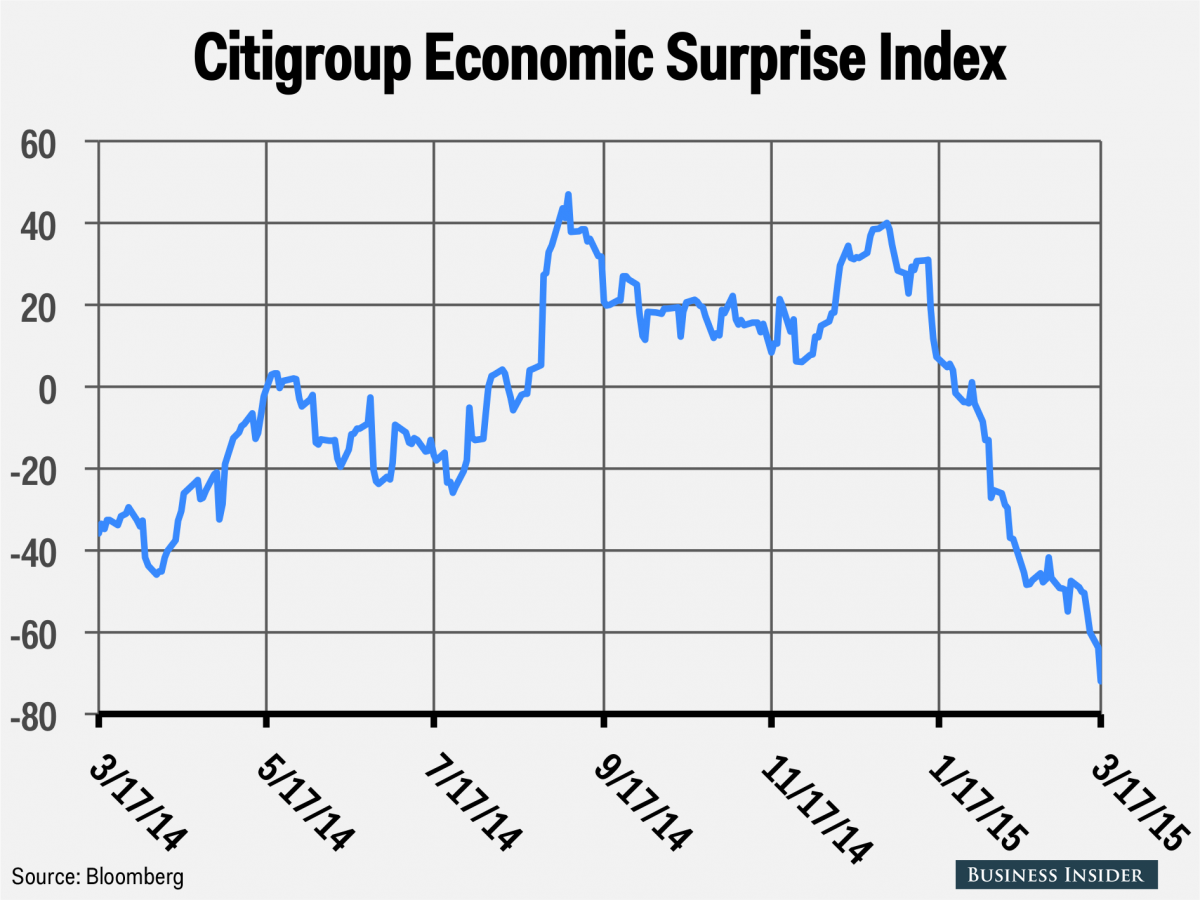At the start of the New Year we warned 2015 would bring greater market volatility. The first quarter did not disappoint as the stock market continued the pattern of setting new highs, correcting, and then setting higher highs. The month by month results show the see-saw pattern in the U.S. market and the surprisingly more consistent performance of international stock markets.
Our final four market moving news stories in the first quarter were: oil prices, the strength of the U.S. dollar, corporate earnings and the European Central Bank monetary easing program. The decline in oil prices has been a two edged sword. It has been a stimulant for the consumer; but painful for an energy industry moving from expansion to contraction. A twelve year high in the dollar versus the Euro has positive ramifications; but it has become a drag for U.S. companies exporting their products. Fourth quarter corporate earnings released in the first quarter has not been spectacular, although a majority of companies reported results better than expected. Winners like Apple were rewarded and the losers like Caterpillar were punished. Caterpillar was derailed by a combination of a weak demand, a strong dollar and disappointing earnings. In the first quarter the European Central Bank embarked on a U.S. style quantitative easing program. Six years after the original U.S. quantitative easing, it will be interesting to watch the European sequel.
This year’s first quarter results are very similar to a year ago, yet so is the macroeconomic environment. Interest rates are low by historical standards, the Fed monetary policy remains the same, the U.S. economy shows modest positive growth, the international markets are challenged, and geopolitical events continue to grab the headlines. From a valuation standpoint, forward price earnings ratios in the past year have expanded from 15 times to 17 times forward earnings. From here, price appreciation becomes more difficult. This market will require stronger earnings growth in the upcoming quarters to reach sustainable new highs. This is unlikely as earnings are being pressured by the strong dollar and lackluster economic growth. Low single digits returns from stocks this year would be a victory and mark the first time the U.S. stock market generated seven consecutive years of positive returns.
The bond market has entered a new era of extended low interest rates. Low interest rates will be the norm well into the foreseeable future. Demographics have created an insatiable appetite for fixed income investments as baby boomers try to protect principal and generate income for their living expenses. The bond market needs to come to grips with a Federal Reserve wanting to raise short-term interest rates in a weak economic environment. We expect marginally higher short-term rates later this year with stable longer term interest rates. Expect two to four percent returns from the bond market this year.
The remainder of the year will bring challenges and opportunities. The biggest challenge will come from within as investors need to manage their emotions in a volatile market. Commitment to your financial plan while keeping market driven emotions removed from the financial decision making process will be key. The long-term investor will be rewarded. Find your own distinct portfolio balance, embrace your financial plan and stay invested for the long haul.
MARKET BY NUMBERS:





